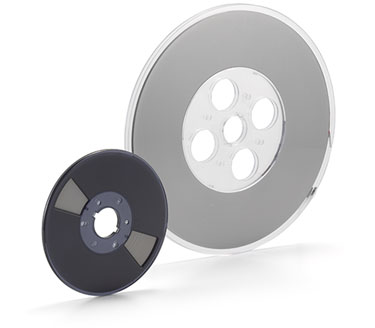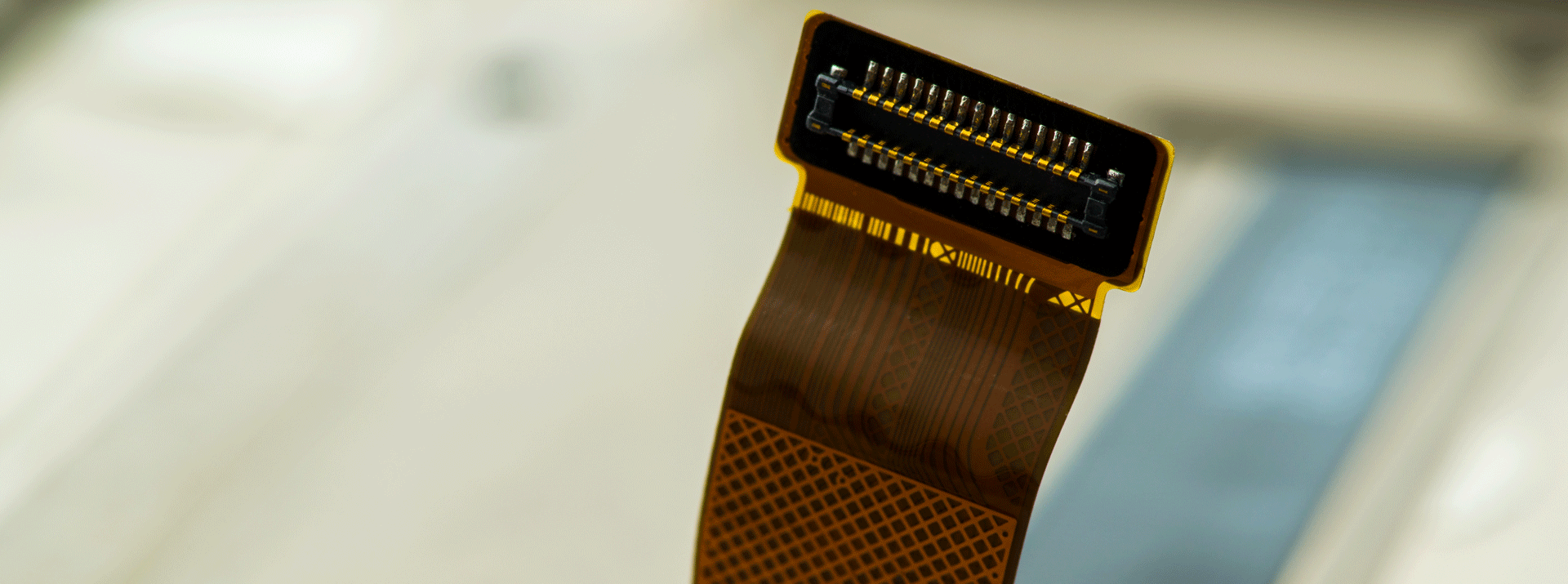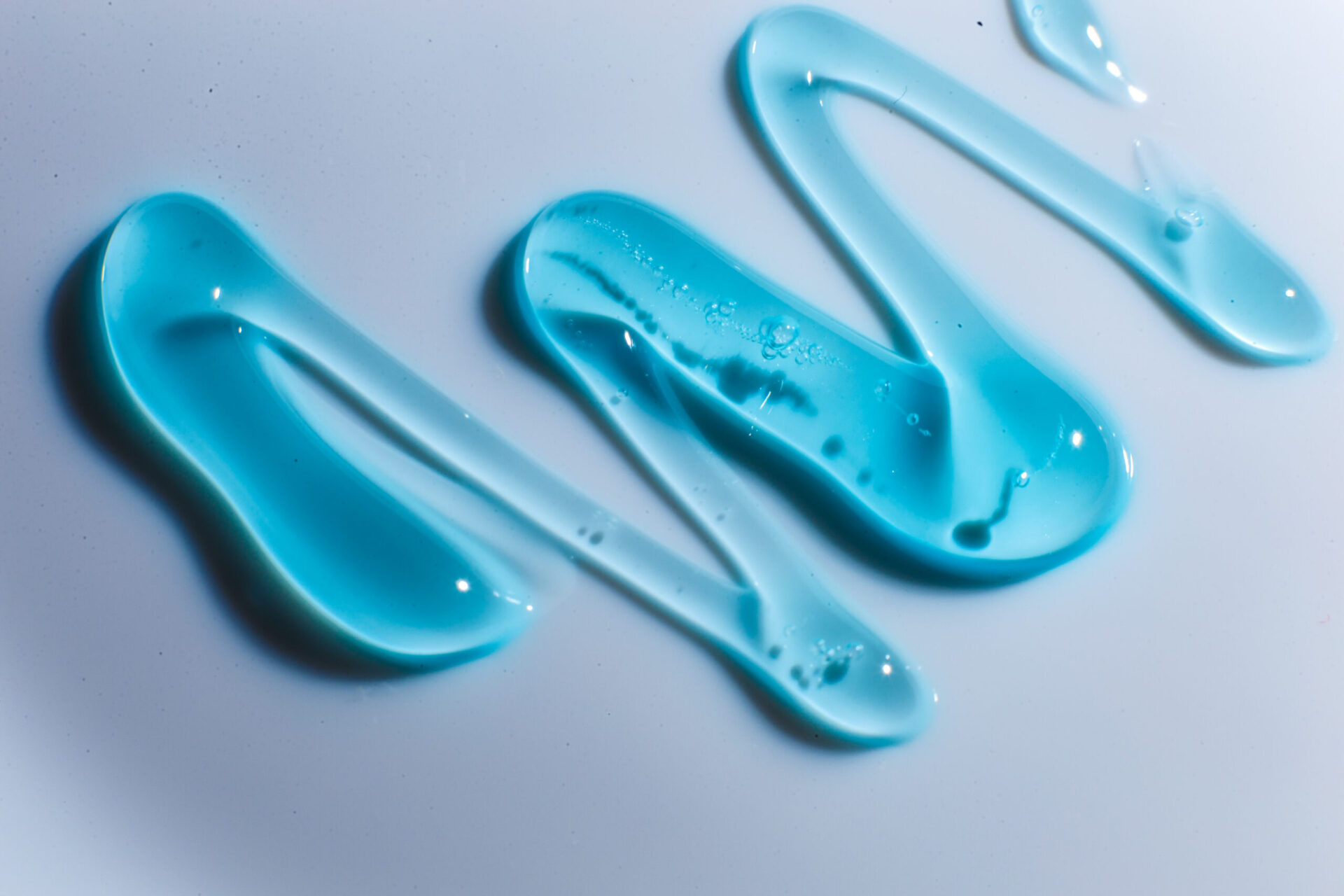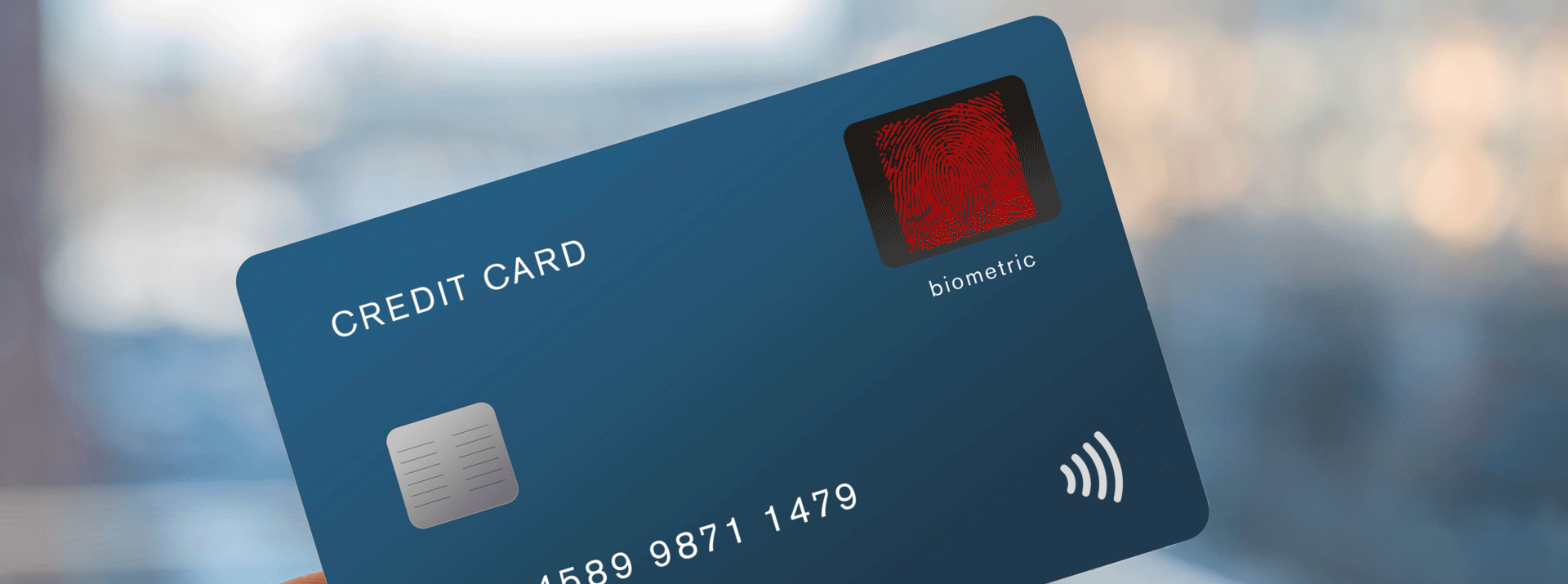
- Bonding Products
Anisotropic Conductive Film (ACF): a key part of biometric cards
目次
Dexerials’ ACF for IC cards
Dexerials developed Anisotropic Conductive Film (ACF) as is an adhesive that fixes and electrically connects electronic components such as ICs (integrated circuits) to circuit boards. In recent years, Dexerials developed ACFs for smart card applications which are increasingly being adopted in chip-and-PIN/contactless smart cards used in many countries around the world.
In 2021, Dexerials’ developed the ACF model “EH2035H-40” using lead-free solder particles to connect and bond fingerprint authentication sensors in credit cards with biometric authentication. Major banks and financial institutions in Europe and the United States have already announced their intention to adopt fingerprint authentication cards in place of the old chip-and-PIN and contactless smart cards.

Why ACFs are necessary for biometric cards
Contactless cards, which can be used by simply tapping on a terminal, became popular because it is quick and easy to use. However, there is a high risk of unauthorized use due to its convenience and lack of security.
In contrast, biometric cards authorize payment when the user’s fingerprint and/or other unique biometric information is verified, thus greatly improving security. It also eliminates the hassle of entering a PIN code, which is necessary when using conventional chip-and-PIN cards.
On the other hand, an issue among smart card manufacturers around the world is the implementation of the fingerprint sensor mounted on biometric cards. IC modules in conventional contactless cards have only two pads. One is for supplying power and the other is for exchanging data with the card reader. Also, the connection of the copper wire that stretches across the card to the antenna circuit is simple. For this reason, most smart cards connect circuits by soldering or using solder paste, and the chip itself is adhered and fixed to the card body with hot-melt (thermoplastic adhesive) tape.
For biometric cards, however, the number of pads leading to the EMV module (IC chip) and fingerprint sensor has to be a minimum of four, and can be up to eight. Therefore, it is difficult to bond by soldering due to equipment limitations. And with solder paste, the takt time (time required to produce one piece) increases as the number of pads increases, which drops manufacturing productivity significantly. Both soldering and solder paste require time not only to connect but also to fix the hot-melt tape, which increases the overall takt time.
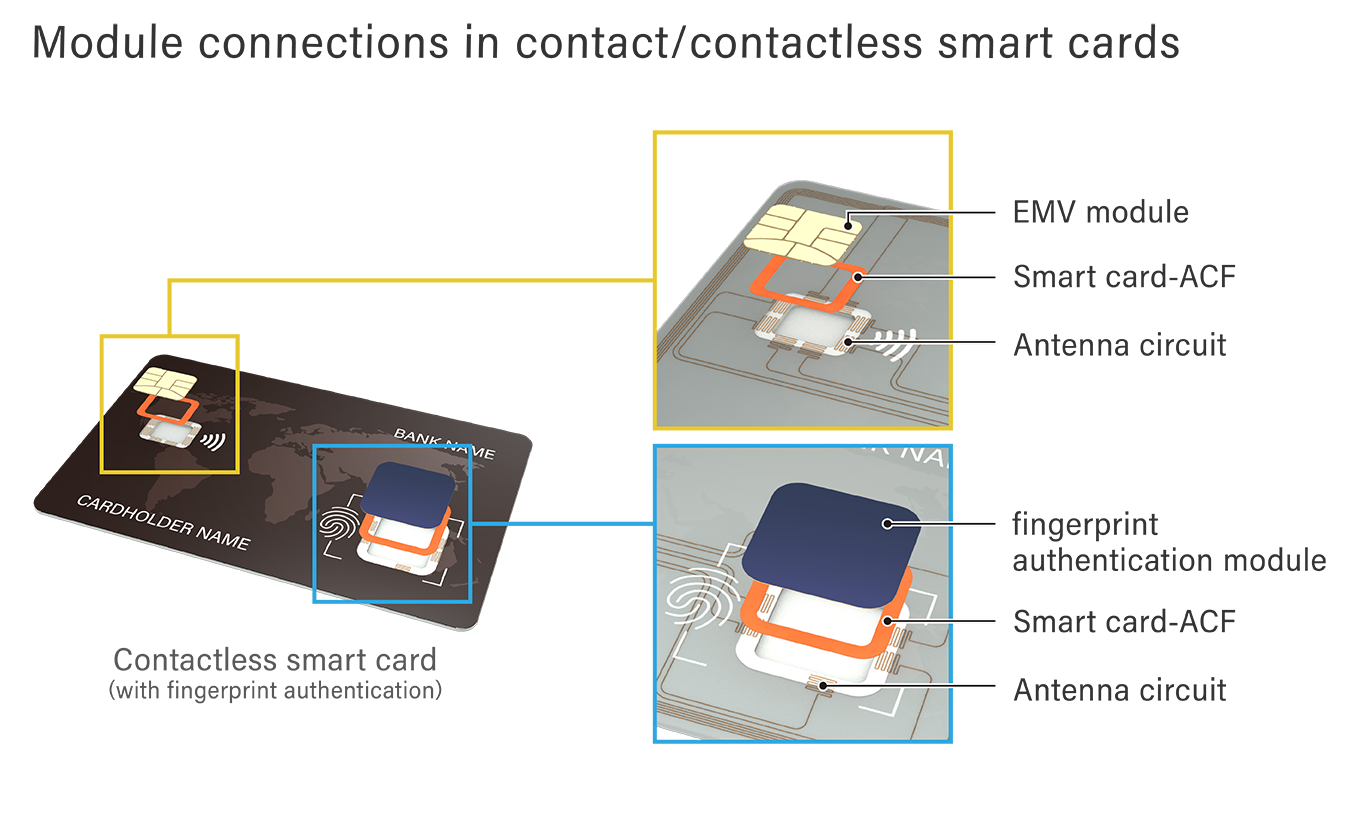
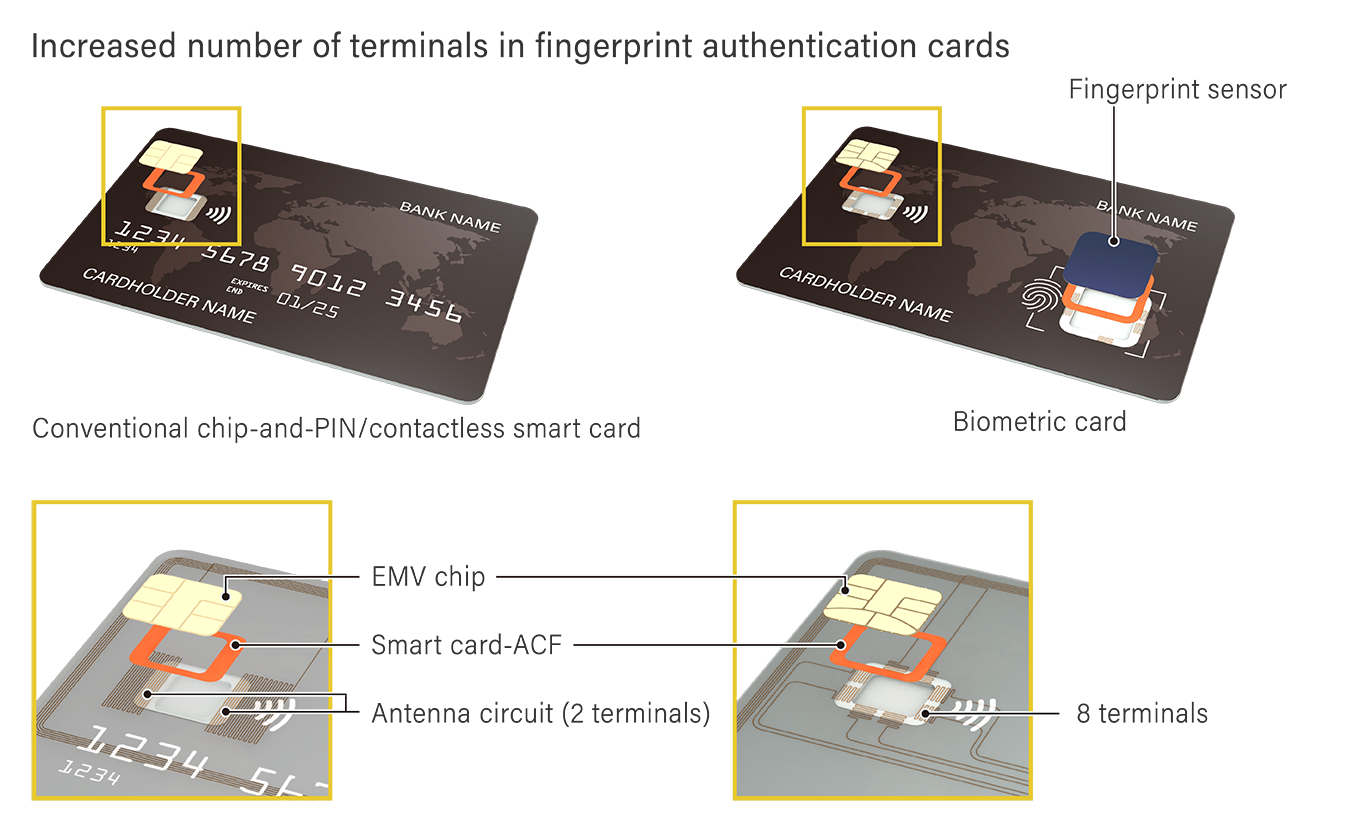
On the other hand, Dexerials’ ACFs can be pre-cut in the required shape to simultaneously and securely connect circuits and affix chips (or sensors) by thermocompression. Connections of eight or more pads can be done easily and separate fixing materials such as hot melt tape is not needed. Dexerials’ ACF can also be installed in chip connection facilities owned by any card manufacturer, so additional equipment is not needed.
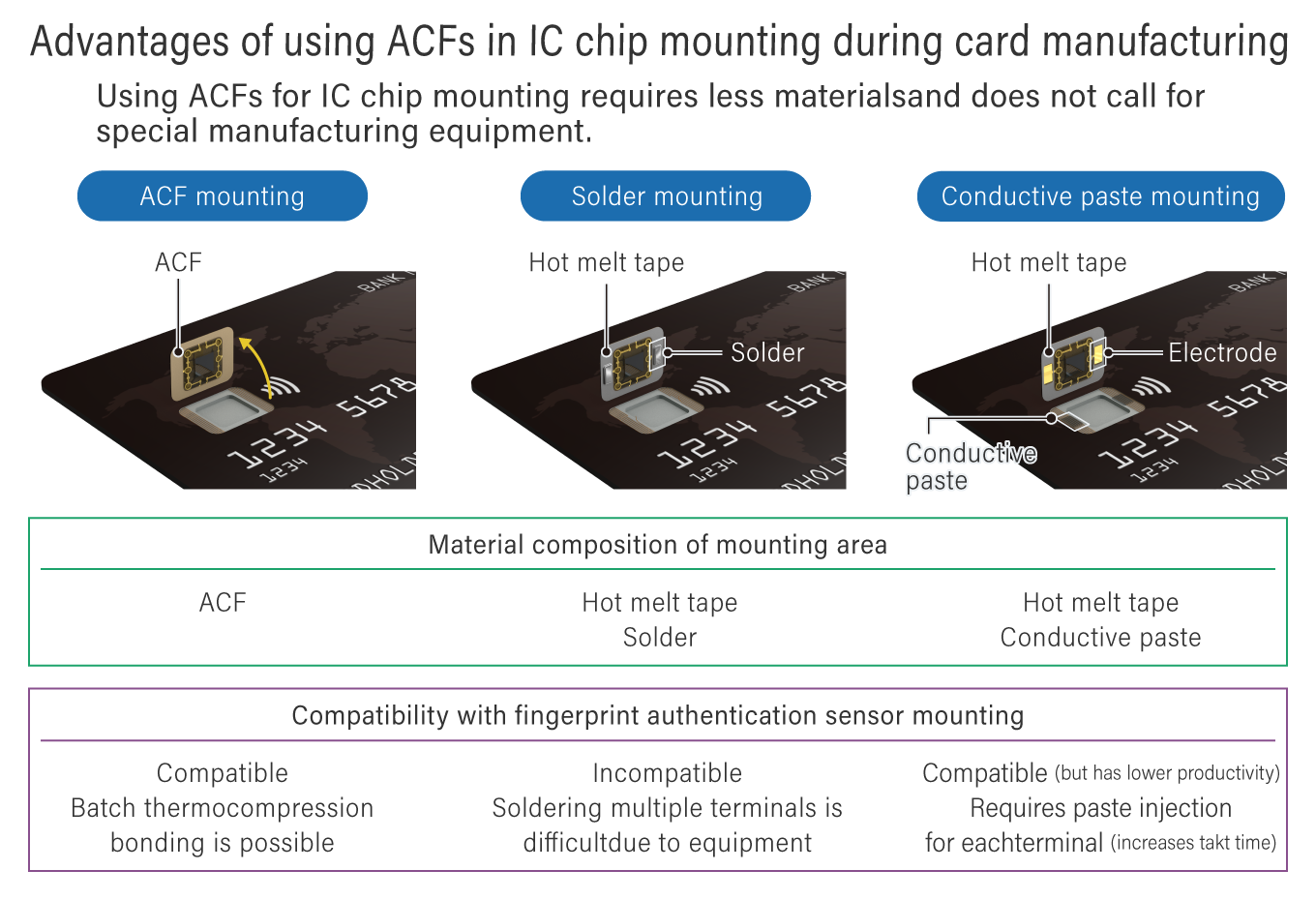
Proprietary solder particles used in ACFs
Since the new product launch in 2020, Dexerials’ ACFs also use solder particles for circuit connections. When solder is heated, the metals melt and fuse together to form a strong circuit connection. Therefore, even smart cards with fingerprint authentication sensors maintain reliable long-term conduction. As of 2022, Dexerials has developed its own particle adding method and is the only company in the world to market ACFs with solder particles for fingerprint sensors and EMV chips used in contactless biometric cards. With its expertise, Dexerials can provide a solution to your biometric and smart card needs.
Related articles
- SHARE

We provide materials regarding our products and manufacturing technologies.
Feel free to download it for free.
Download Materials
We provide materials regarding our products and manufacturing technologies.
Feel free to download it for free.
Download Materials




